Anaheim Chili Pepper: 7 Smoky Secrets and Surprising Uses You Never Knew!
Spice lovers, get ready to dive into the mildly smoky, surprisingly versatile world of the Anaheim chili pepper. Whether you're a backyard griller or a professional chef, this underrated gem has more going for it than meets the eye. In this article, we’ll uncover its flavor profile, heat level, culinary uses, and even give you a no-nonsense guide on how to choose the best ones at the market.
Table of Contents
- What Is an Anaheim Chili Pepper?
- Flavor Profile & Heat Level
- Top 5 Culinary Uses of Anaheim Chilies
- Roasting Tips Like a Pro
- Buying Guide: Picking the Perfect Anaheim
- Anaheim vs Other Peppers: Head-to-Head
- Want to Grow Your Own? Here’s How
- Fun Facts You Didn’t Know
- Final Thoughts
What Is an Anaheim Chili Pepper?
The Anaheim chili pepper, also known as the New Mexico chili or Magdalena chili, originated in New Mexico but became popularized by farmers in Anaheim, California — hence the name. It’s a medium-length green chili that’s often used fresh or roasted in southwestern American cuisine.
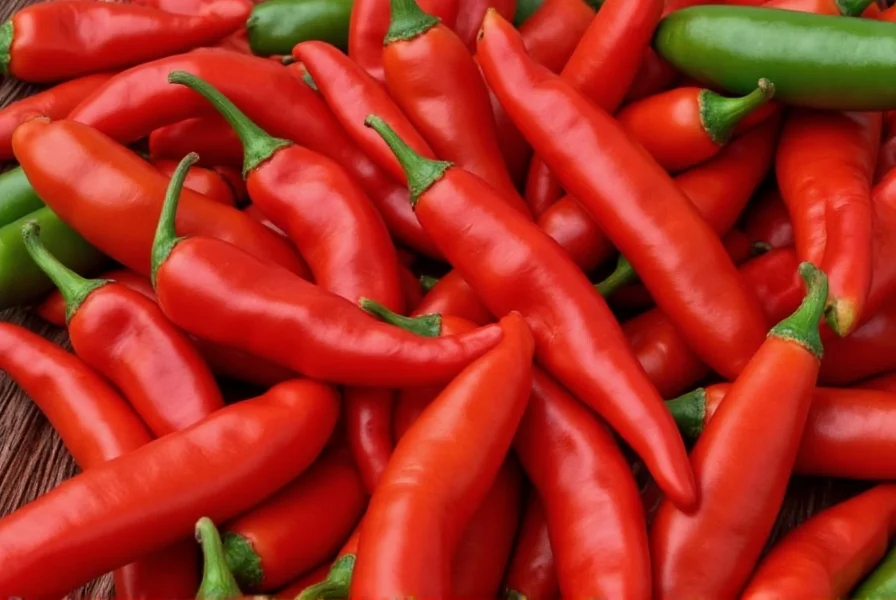
Flavor Profile & Heat Level
The Anaheim chili offers a mild, slightly grassy flavor with a hint of sweetness. On the Scoville scale (used to measure pepper spiciness), it ranges from 500 to 2,500 SHU, making it significantly milder than jalapeños (which range from 2,500 to 8,000 SHU).
| Pepper | Scoville Heat Units (SHU) | Taste Description |
|---|---|---|
| Anaheim Chili | 500–2,500 | Mild, earthy, slightly sweet |
| Jalapeño | 2,500–8,000 | Grassy, peppery, juicy |
| Serrano | 10,000–23,000 | Sharp, bright, spicy |
| Hatch Chile | 1,000–8,000 | Roasty, smoky, variable |
Top 5 Culinary Uses of Anaheim Chilies
- Stuffed Chilies: Their thick walls make them perfect for stuffing with cheese, meat, or rice dishes.
- Chili Rellenos: A classic Mexican dish where chilies are stuffed, battered, and fried.
- Soups & Stews: Adds a gentle warmth without overpowering other flavors.
- Chili Salsas: Roast and blend for a flavorful, mild salsa.
- Grilled Sandwiches: Throw some on the grill and add to sandwiches like the iconic “green” reuben.
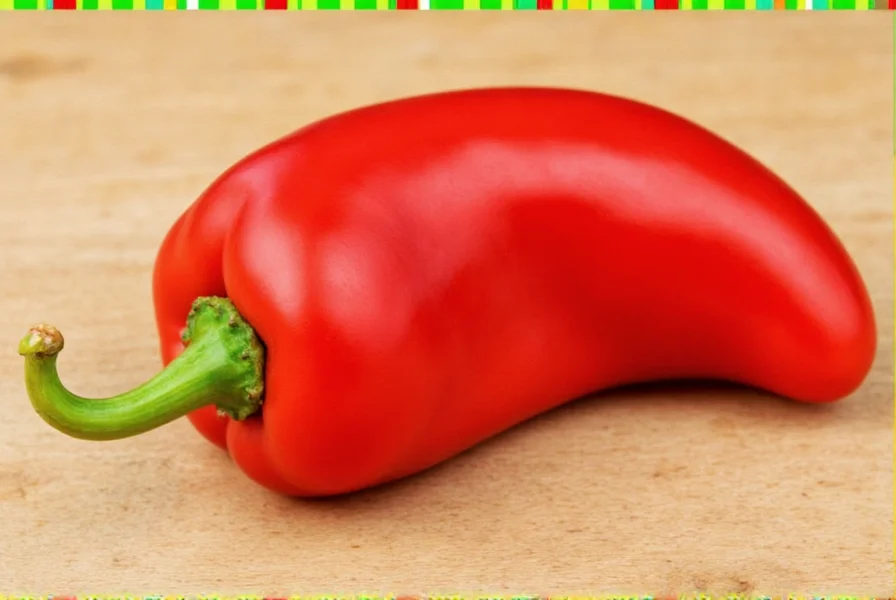
Roasting Tips Like a Pro
Roasting brings out the rich, smoky notes of the Anaheim chili. Here’s how to do it right:
- Place whole peppers directly over a gas flame, turning until skin is blistered and blackened.
- Once cooled, gently peel off the charred skin.
- Remove seeds and stem if you want less heat.
- Use immediately or store in freezer bags for later use.
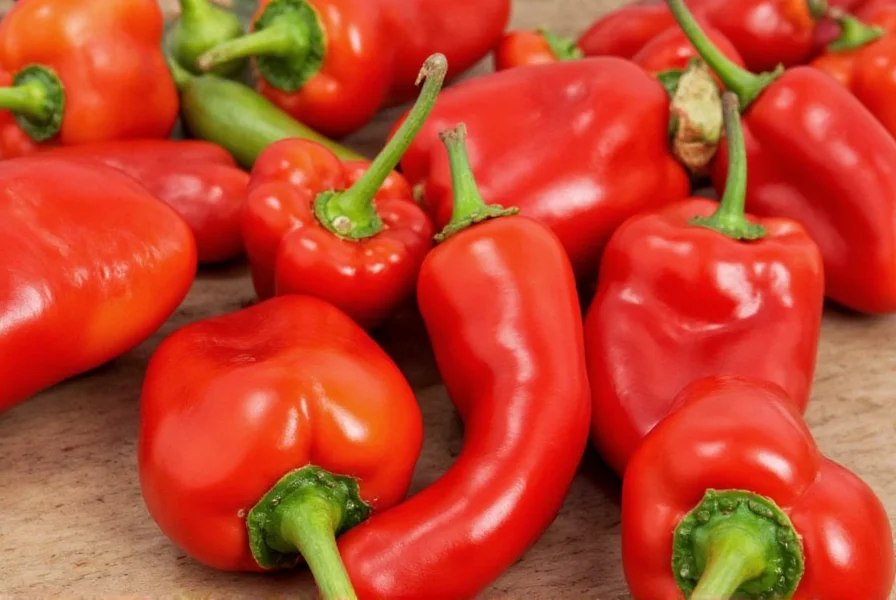
Buying Guide: Picking the Perfect Anaheim
When shopping for Anaheim chilies, keep these points in mind:
- Color: Look for deep green chilies; avoid pale or yellowing ones.
- Firmness: They should feel firm to the touch with smooth skins.
- Size: Medium to large peppers are ideal — overly small ones may be bitter.
- Heat Level: If you prefer hotter chilies, look for those with wrinkled skin or thinner walls.
- Organic Option: Choose organic if using raw in salsas or garnishes to avoid pesticides.
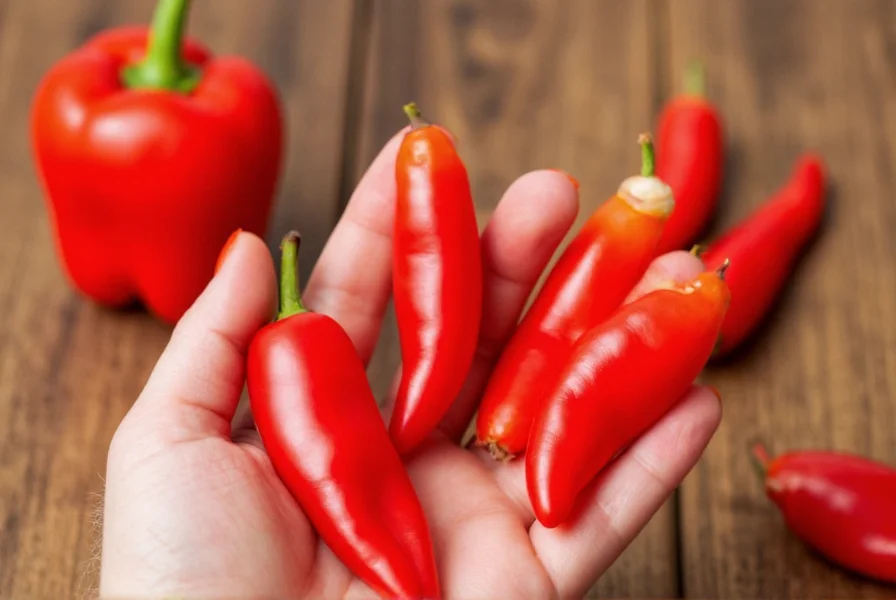
Anaheim vs Other Peppers: Head-to-Head
Let’s compare the Anaheim chili to similar varieties so you know when to use which:
| Feature | Anaheim | Jalapeño | Hatch Chile |
|---|---|---|---|
| Heat Level | Mild | Moderate | Moderate to Hot |
| Best Use | Stuffing, roasting | Raw, pickled, sliced | Southwestern dishes |
| Flavor | Earthy, sweet | Grassy, crisp | Smoky, robust |
Want to Grow Your Own? Here’s How
If you’ve got a sunny windowsill or a patch of land, why not grow your own Anaheim chilies? Here’s a quick guide:
- Start Indoors: Begin seeds indoors 6–8 weeks before last frost.
- Transplant: Once soil warms up and danger of frost has passed, move outside.
- Sunlight: Provide at least 6 hours of direct sunlight per day.
- Water: Keep soil consistently moist but not soggy.
- Harvest: Pick when peppers are about 6–8 inches long, either green or red for extra spice.
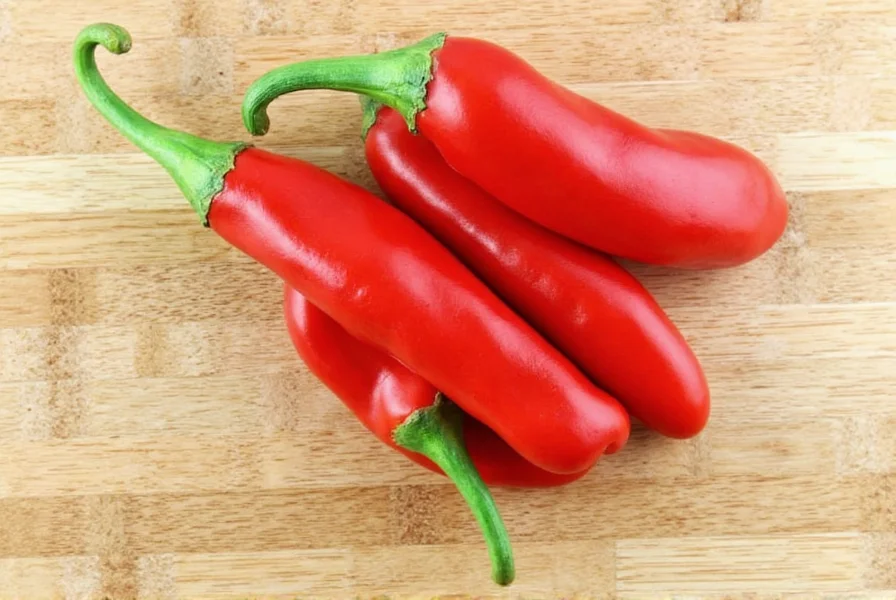
Fun Facts You Didn’t Know
- Anaheim chilies were originally bred for commercial farming in the early 1900s.
- They’re often labeled simply as “chili peppers” in stores, so double-check the appearance!
- Despite being called a chili, they’re actually a type of Capsicum annuum.
- Some chefs swear that roasting Anaheims over mesquite adds a unique flavor boost.
- They can be dried and ground into a mild chili powder perfect for rubs and soups.
Final Thoughts
The Anaheim chili pepper may not scream with fiery heat, but it delivers a depth of flavor that makes it indispensable in many kitchens. Whether you're simmering a stew, firing up the grill, or exploring new recipes, don’t overlook this humble chili. With its versatility, mild kick, and smoky richness, it’s the kind of spice you’ll reach for again and again.
Now go forth, roast a few, and let your taste buds dance with delight!

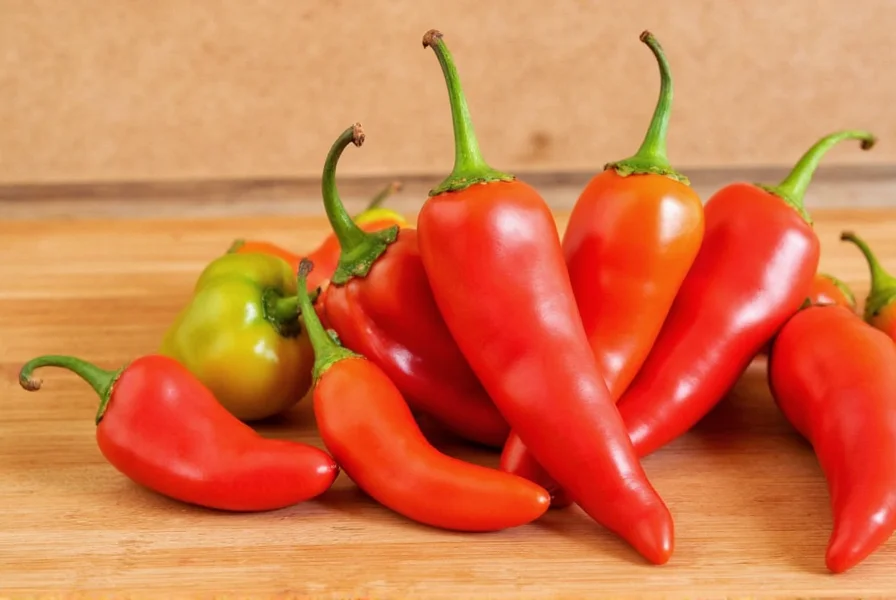









 浙公网安备
33010002000092号
浙公网安备
33010002000092号 浙B2-20120091-4
浙B2-20120091-4